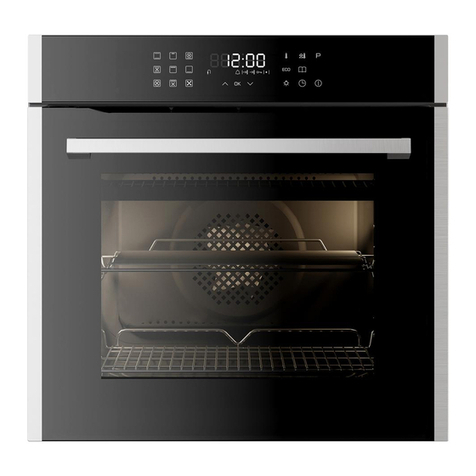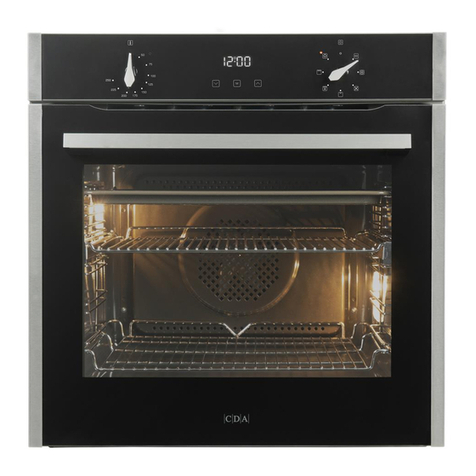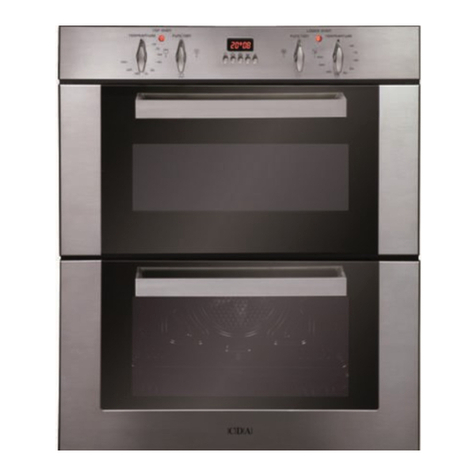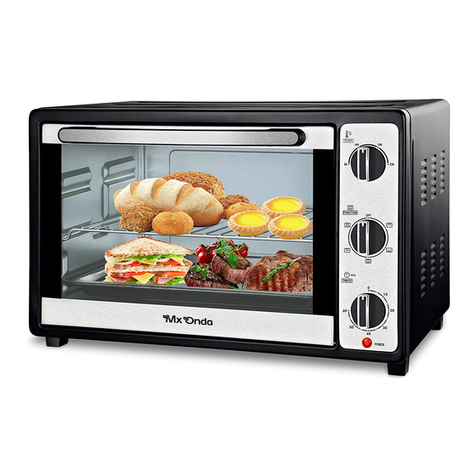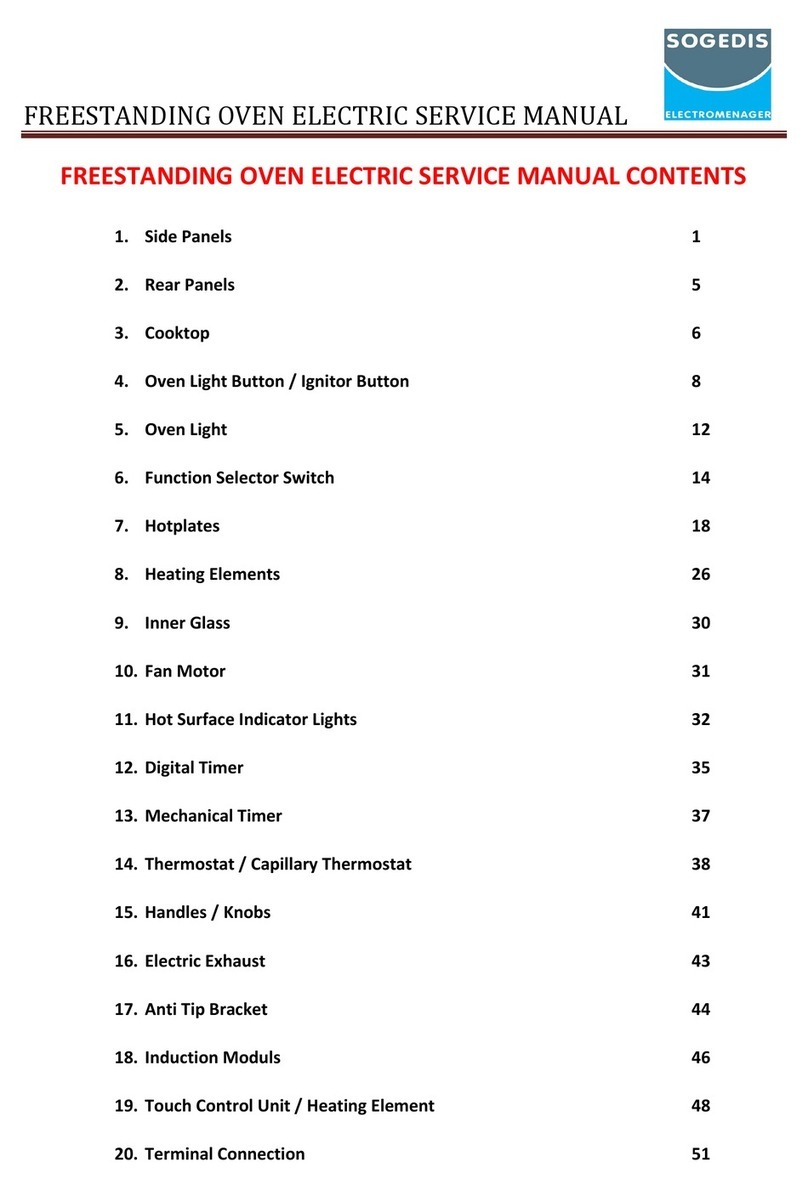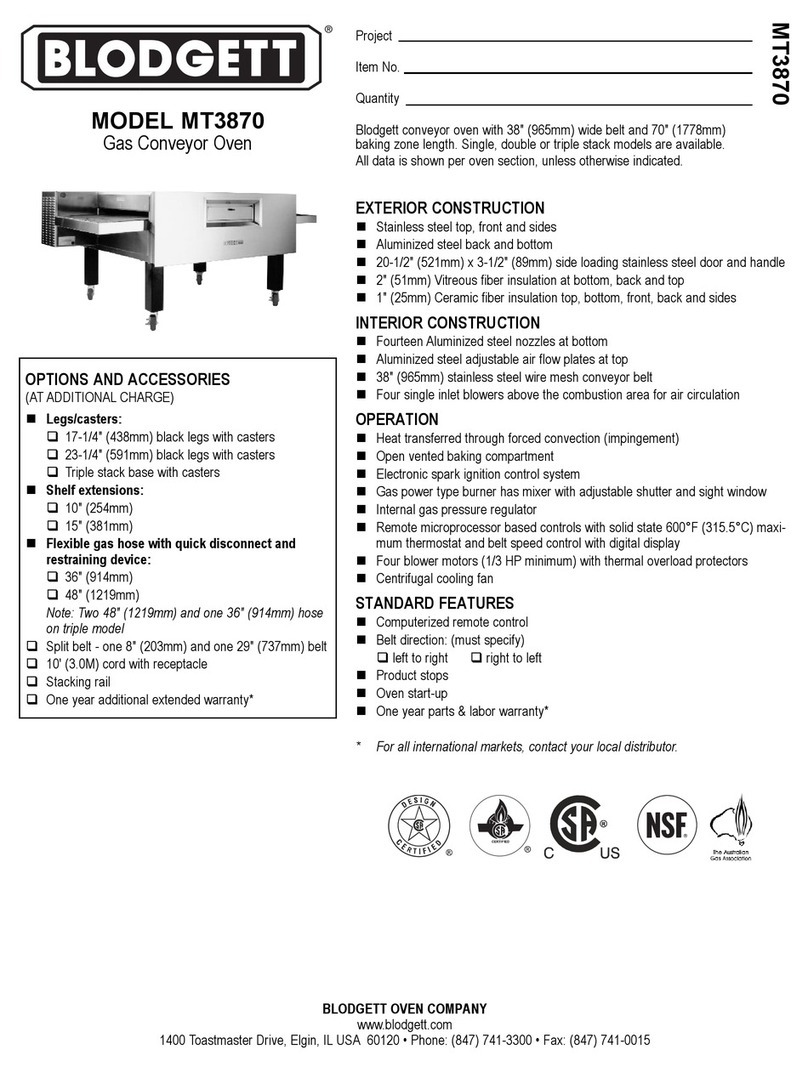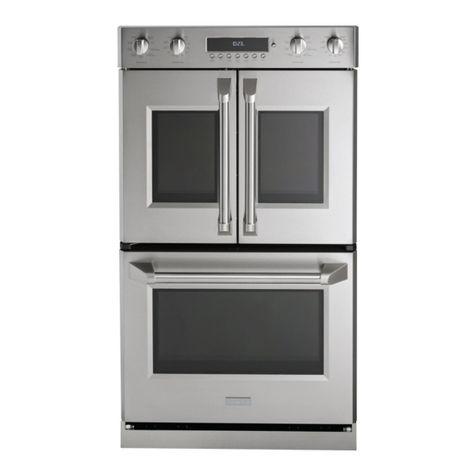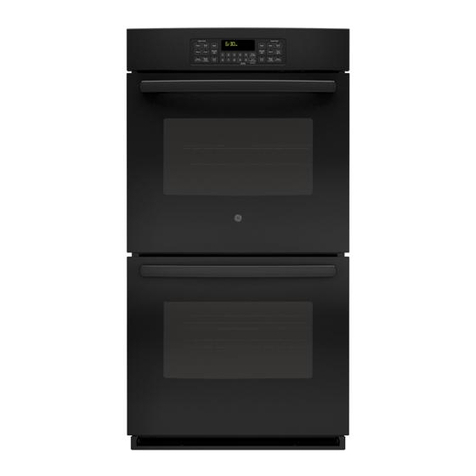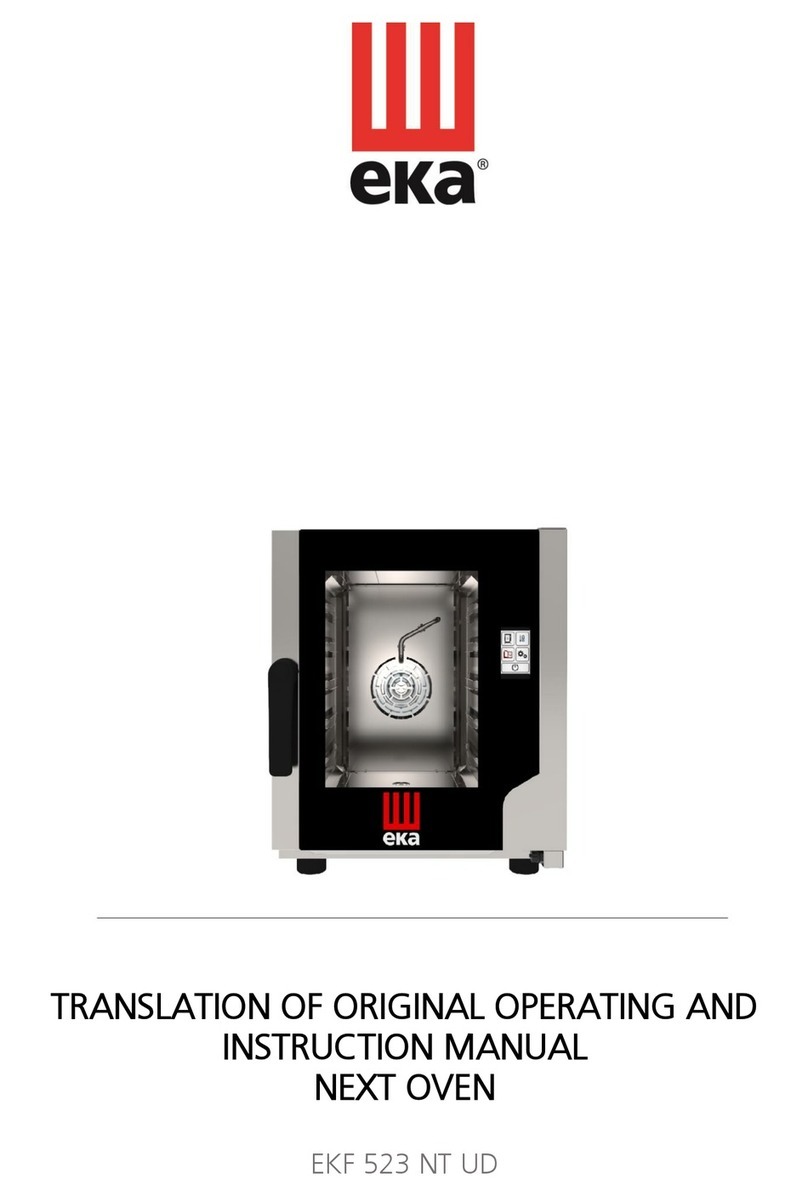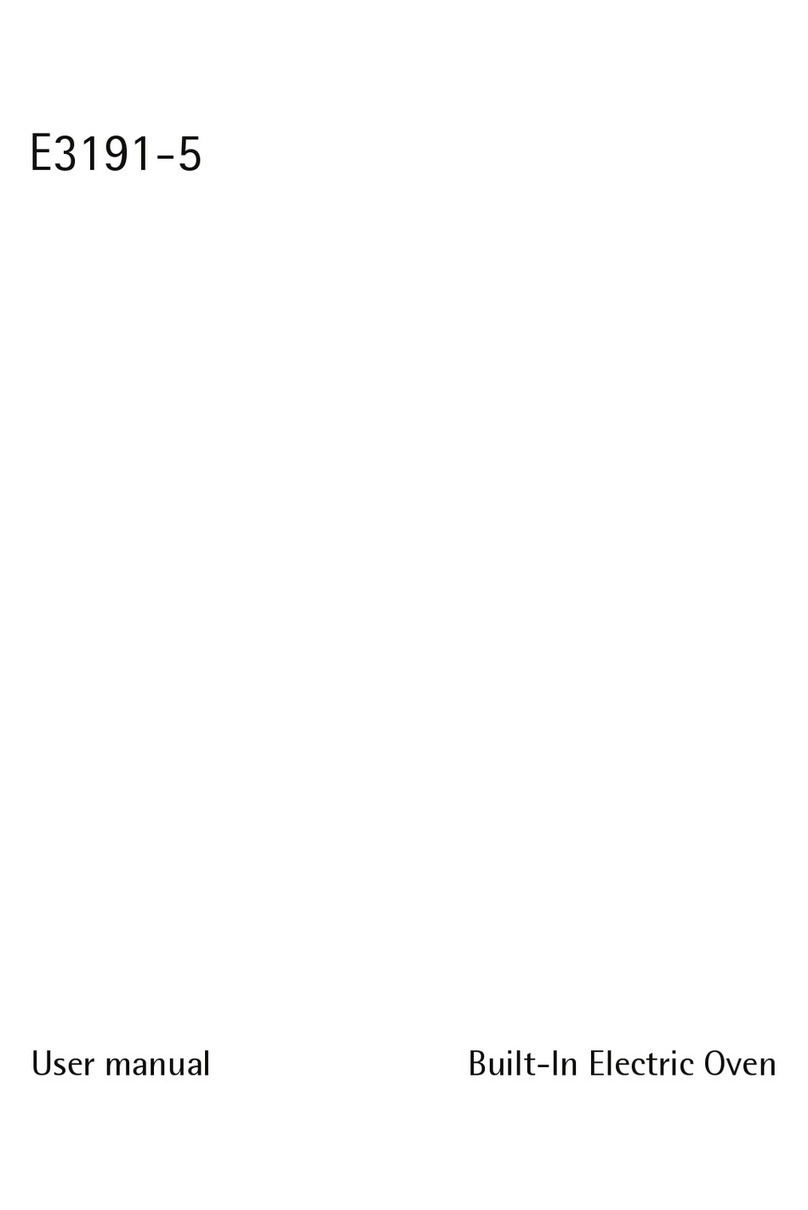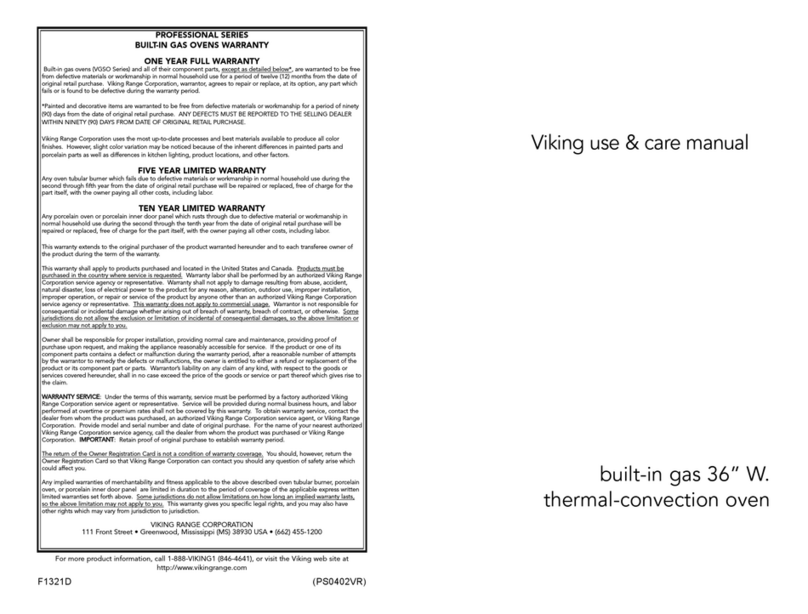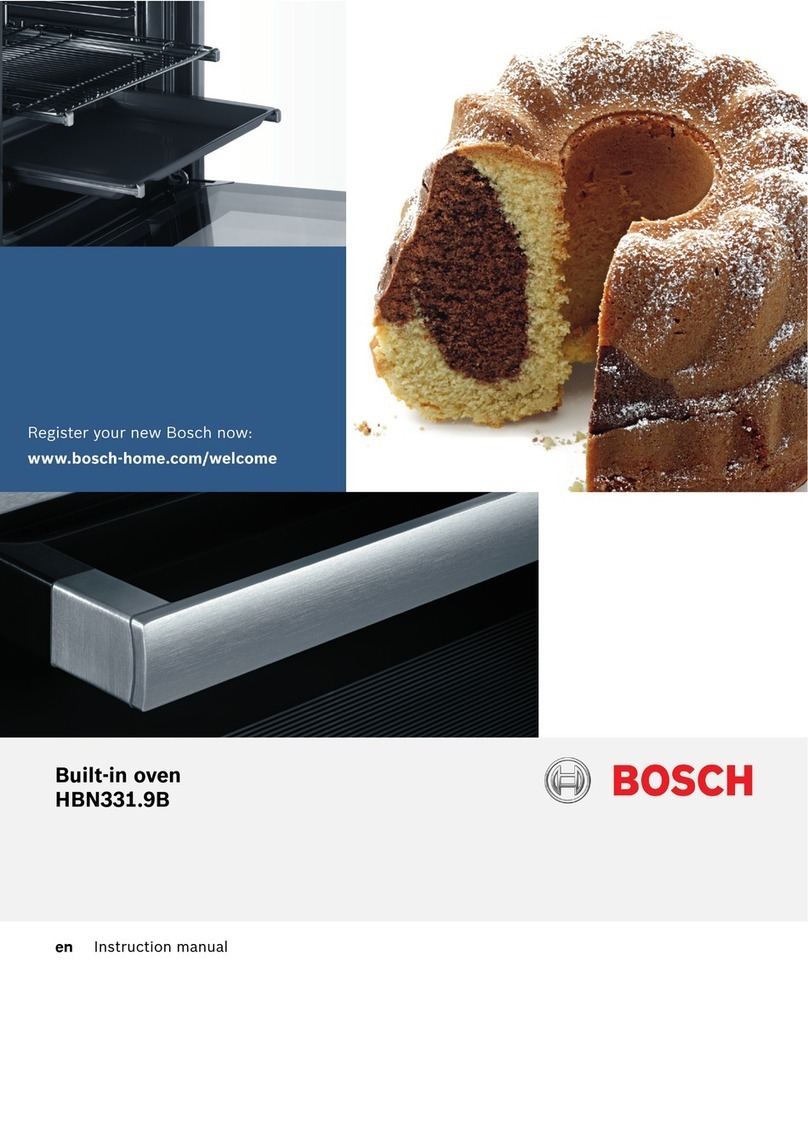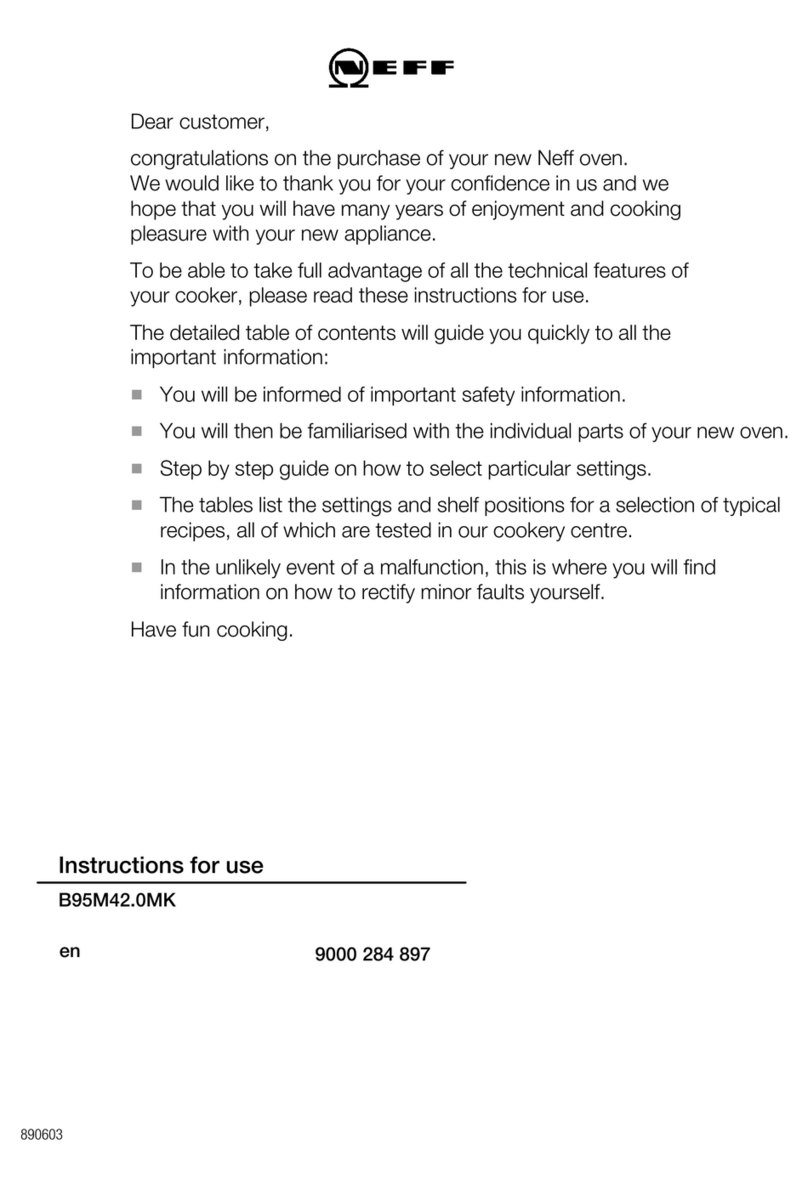CDA VK702 Installation and operating instructions
Other CDA Oven manuals
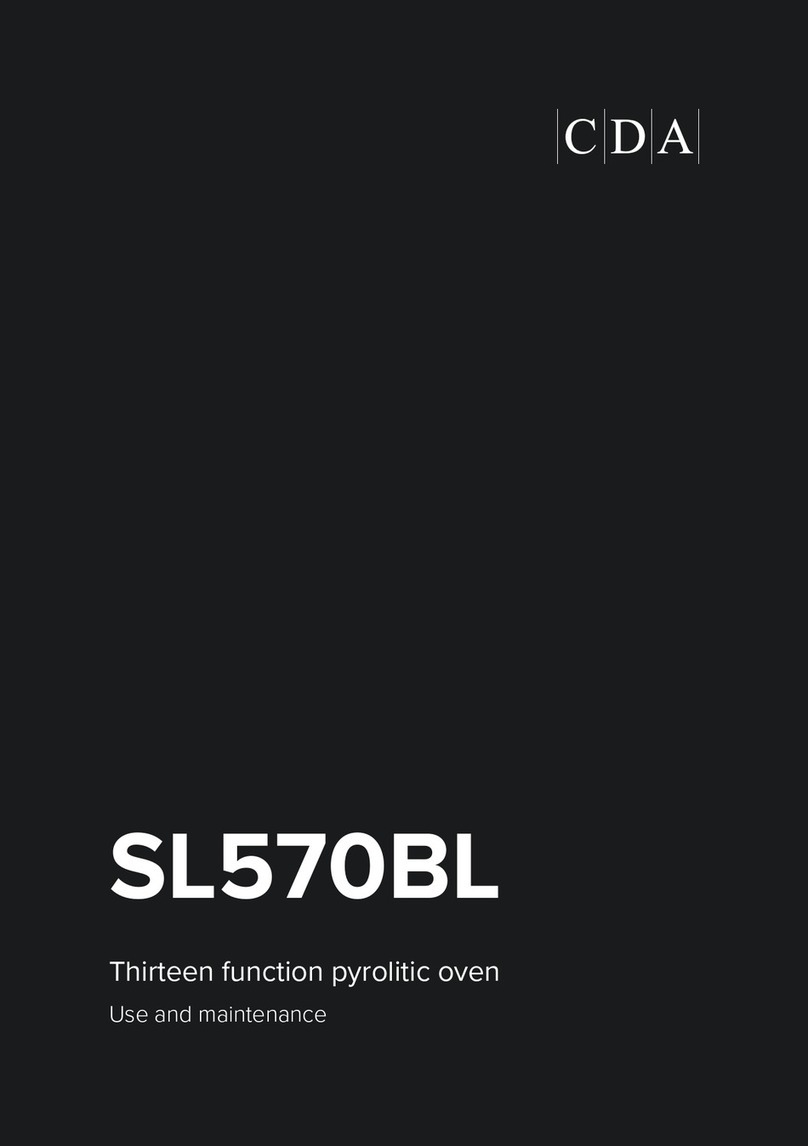
CDA
CDA SL570BL User guide
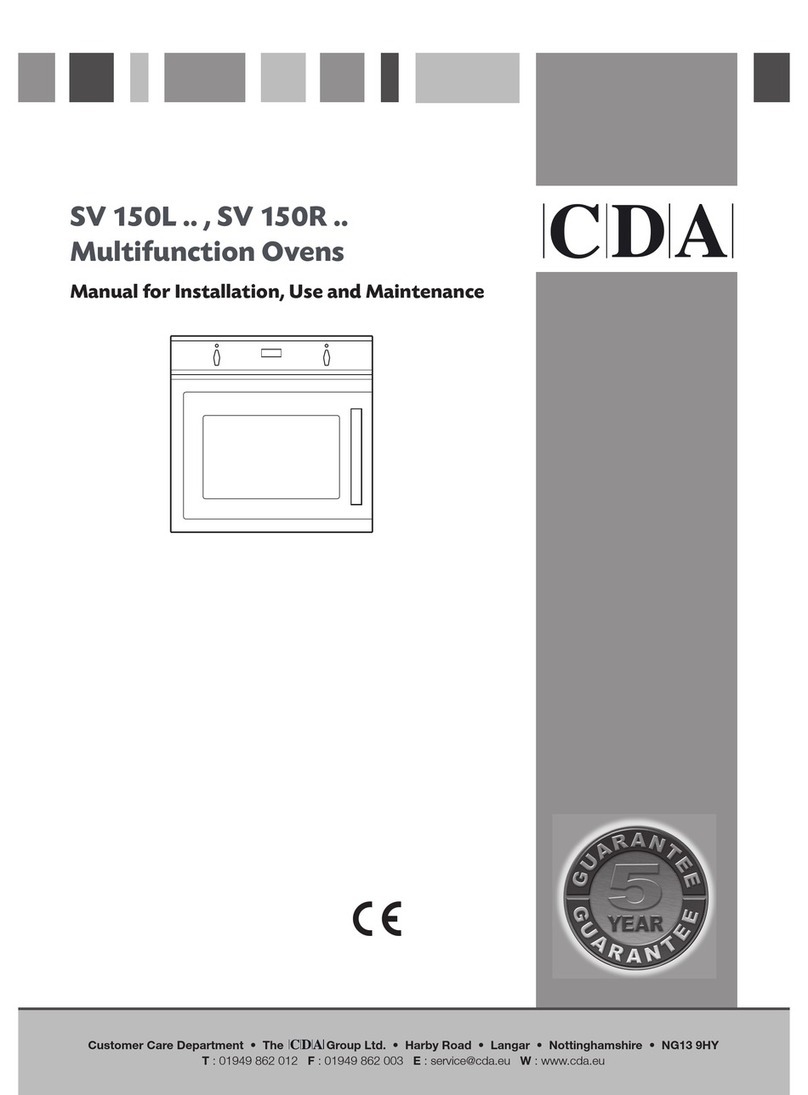
CDA
CDA SV 150L Series Instructions for use
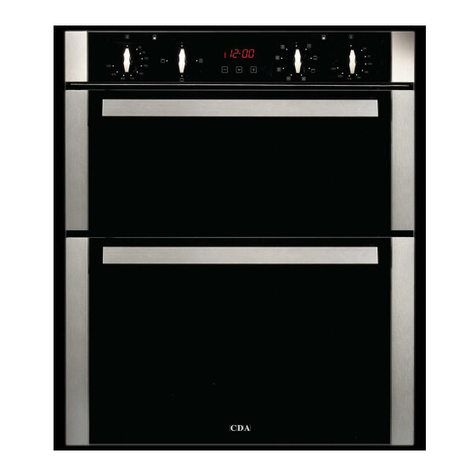
CDA
CDA dk750 Series Safety guide
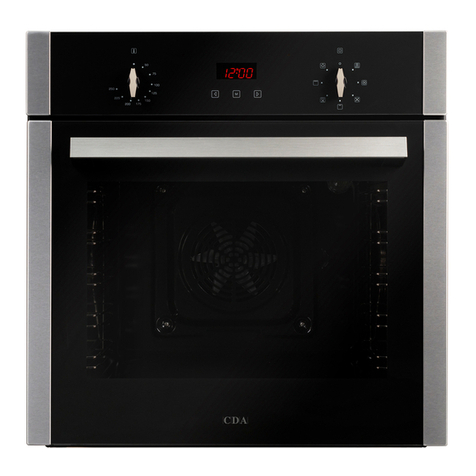
CDA
CDA SC223 Quick start guide
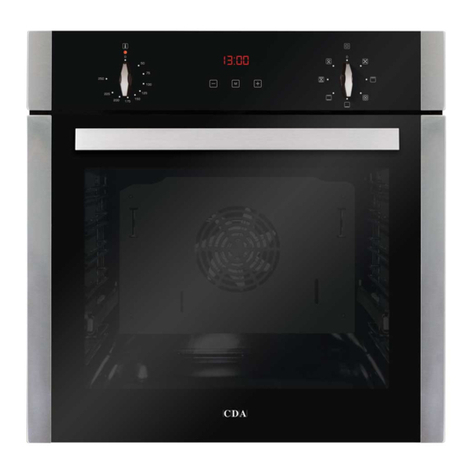
CDA
CDA SK320 Quick start guide
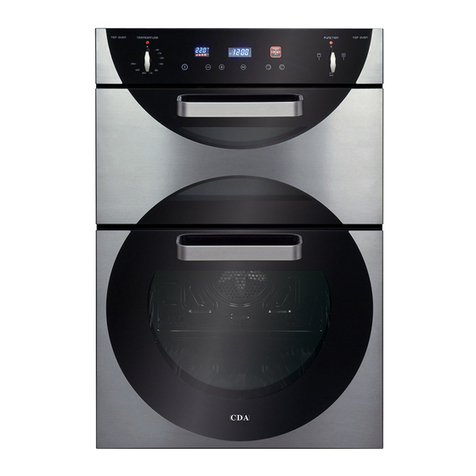
CDA
CDA 9Q6 Series Reference manual
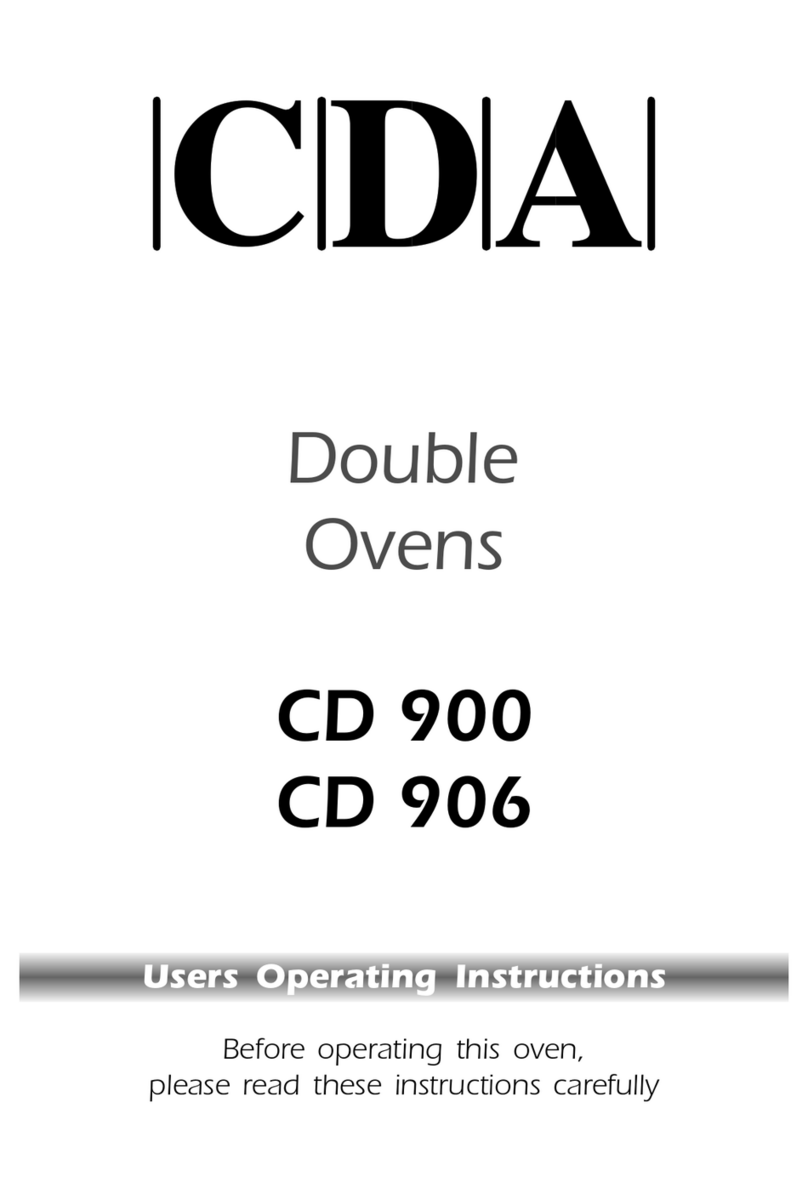
CDA
CDA CD 900 Operation instructions
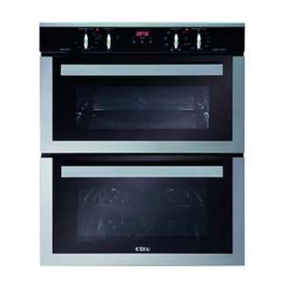
CDA
CDA DV 710 Guide
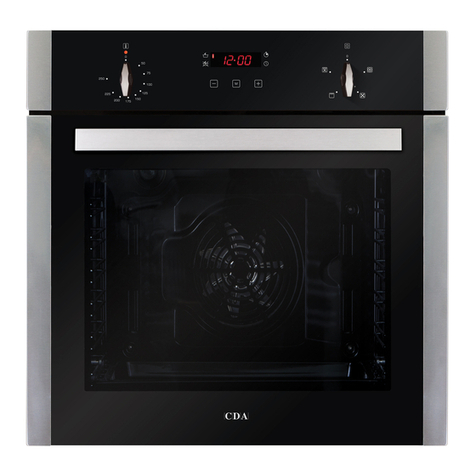
CDA
CDA SK210 Specification sheet

CDA
CDA DC740 Reference manual
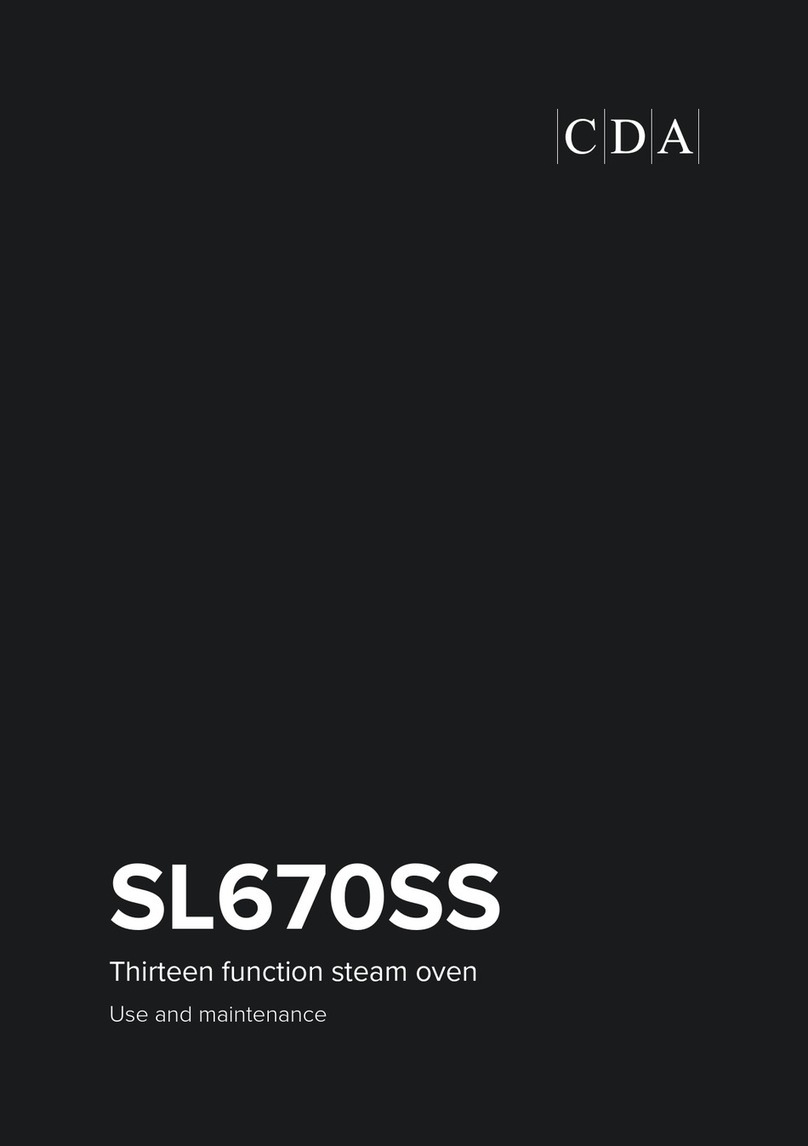
CDA
CDA SL670SS User guide
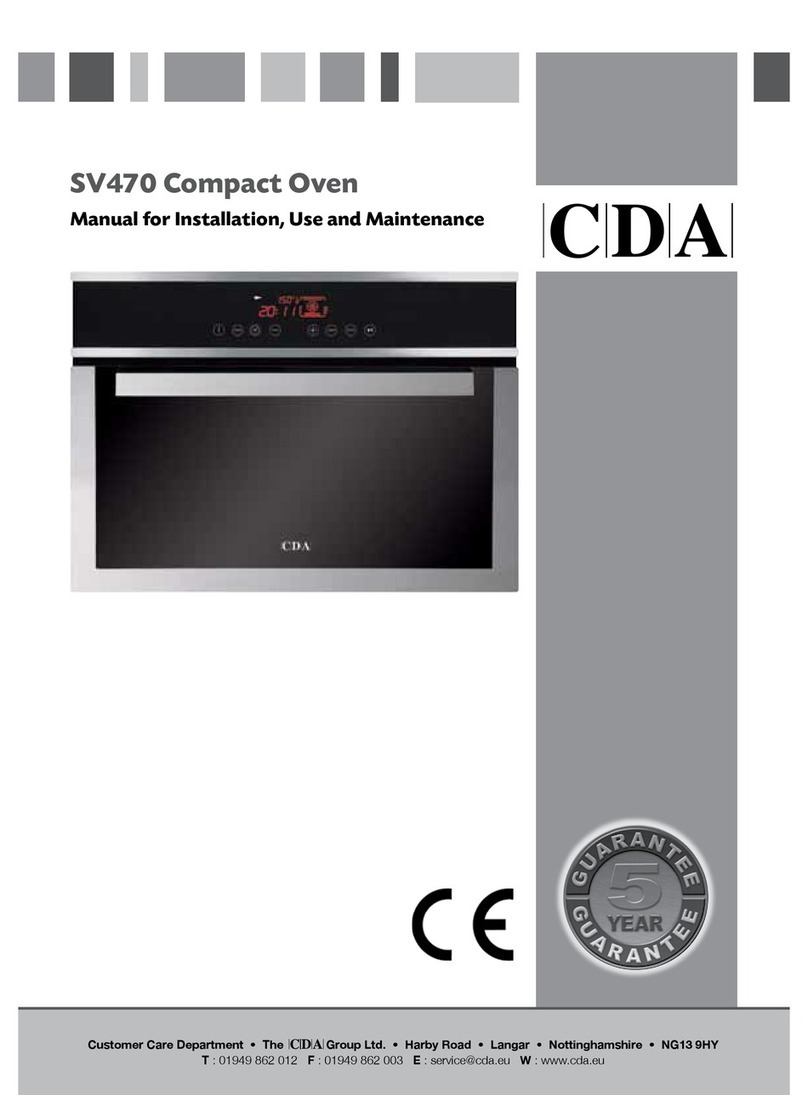
CDA
CDA SV470 Reference manual
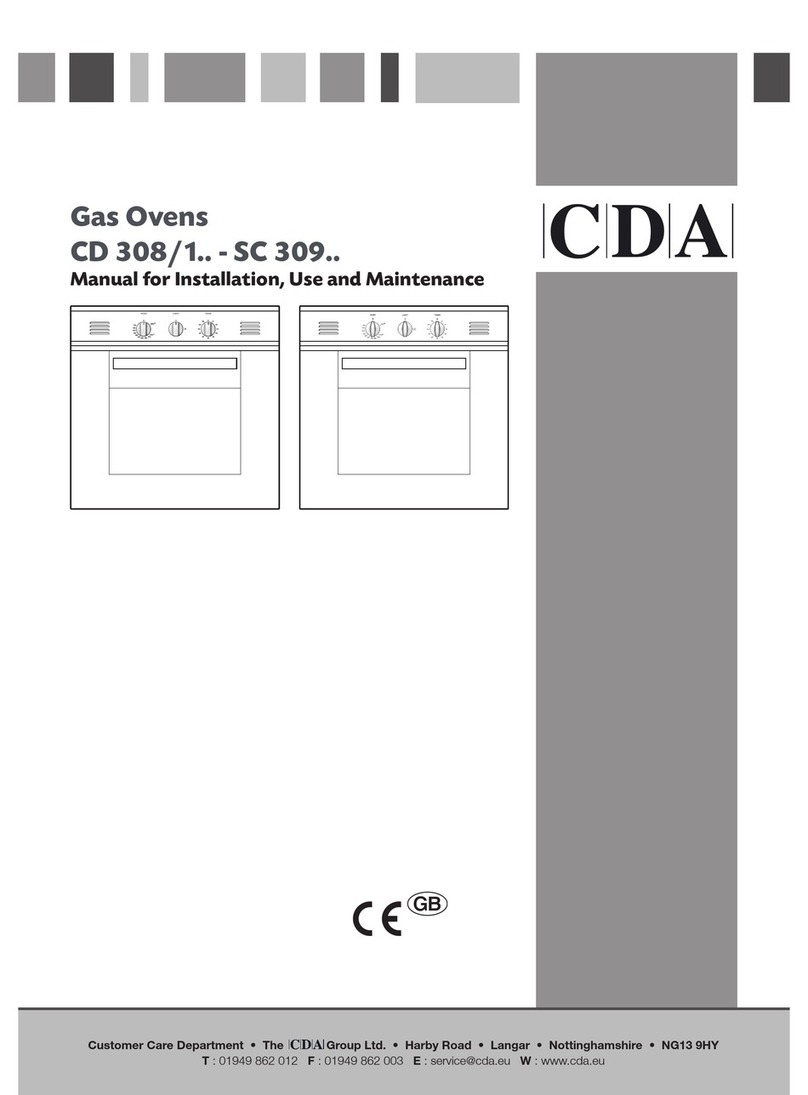
CDA
CDA SC309 Series Reference manual
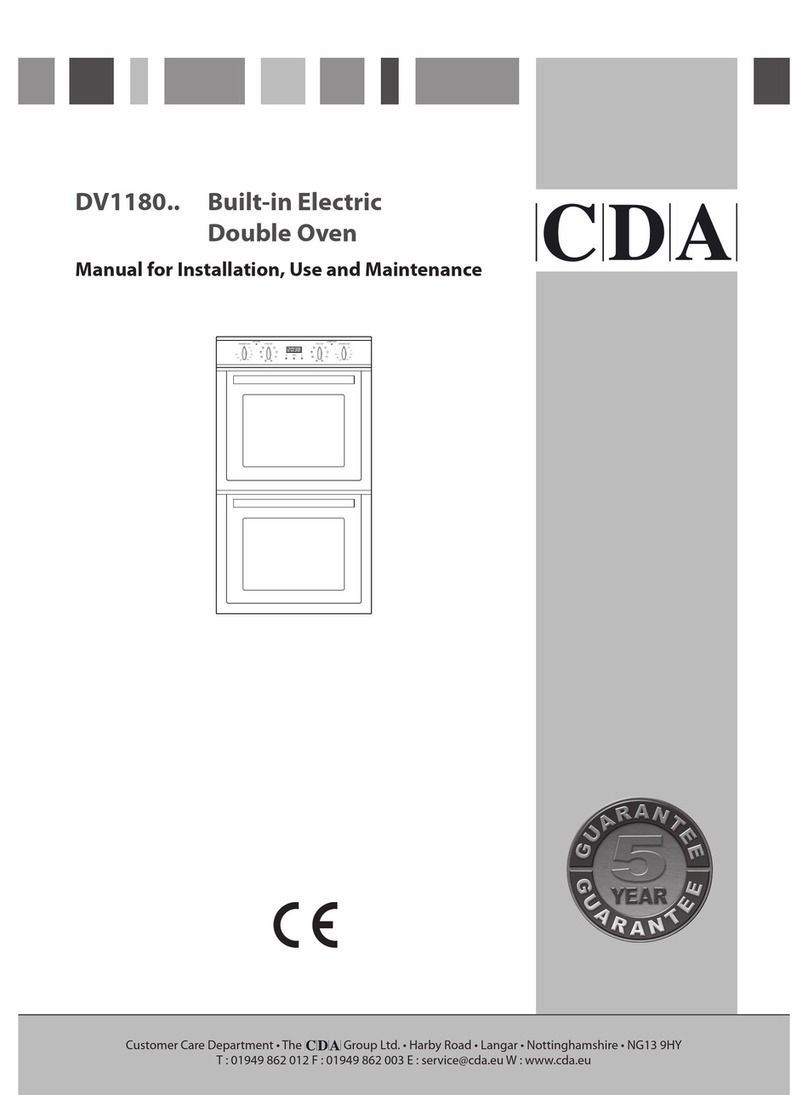
CDA
CDA DV1180 Series Reference manual
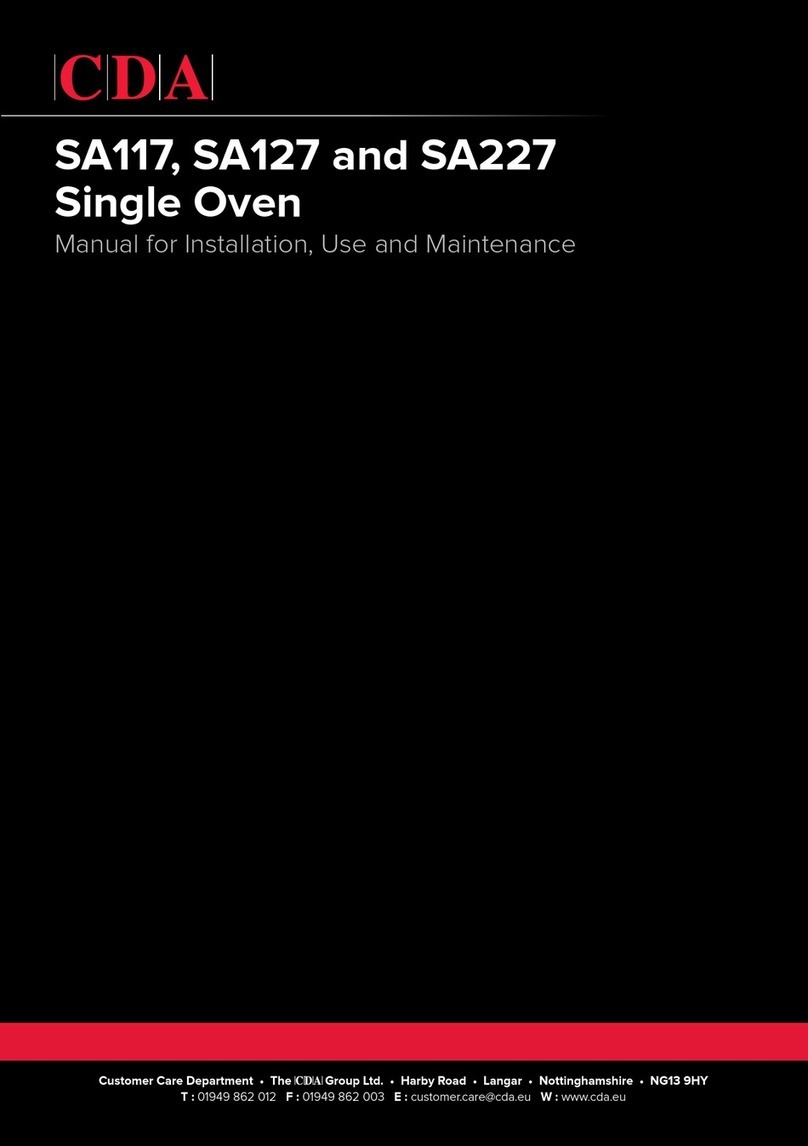
CDA
CDA SA117 Reference manual
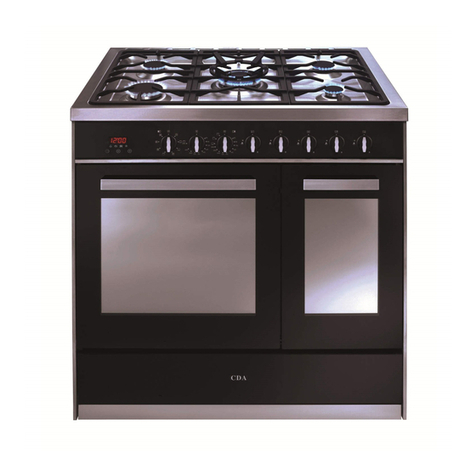
CDA
CDA RV921 Reference manual
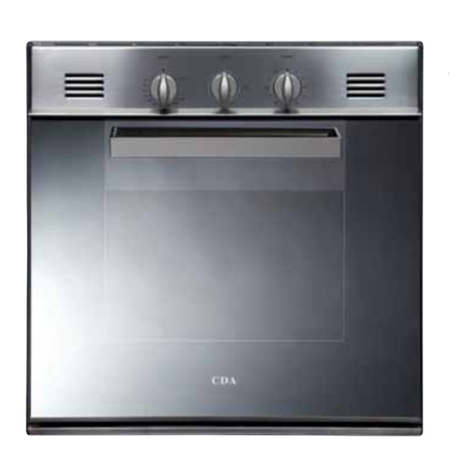
CDA
CDA SC309 Series Reference manual
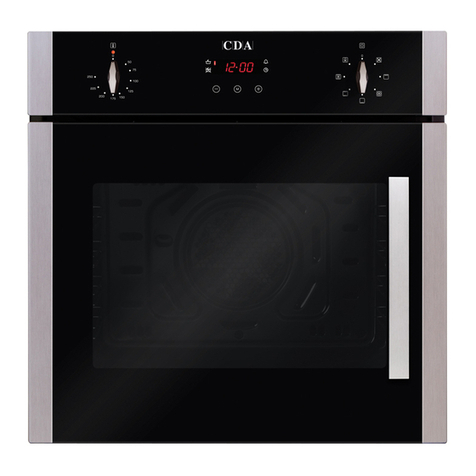
CDA
CDA SC620 Reference manual

CDA
CDA SK420 Installation and operating instructions
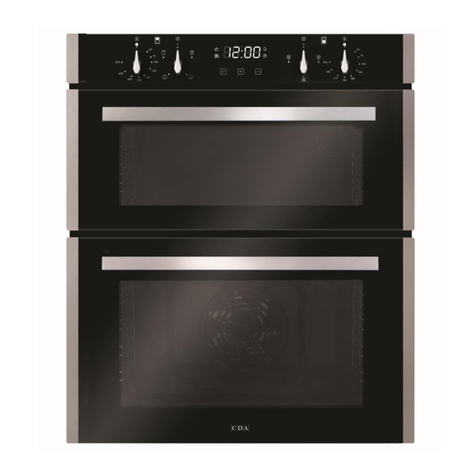
CDA
CDA DC741 Quick start guide
Popular Oven manuals by other brands

Brandt
Brandt FC 222 user manual
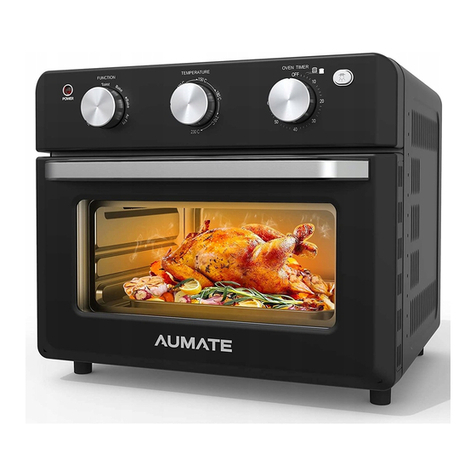
aumate
aumate TOA20M04N-1E instruction manual
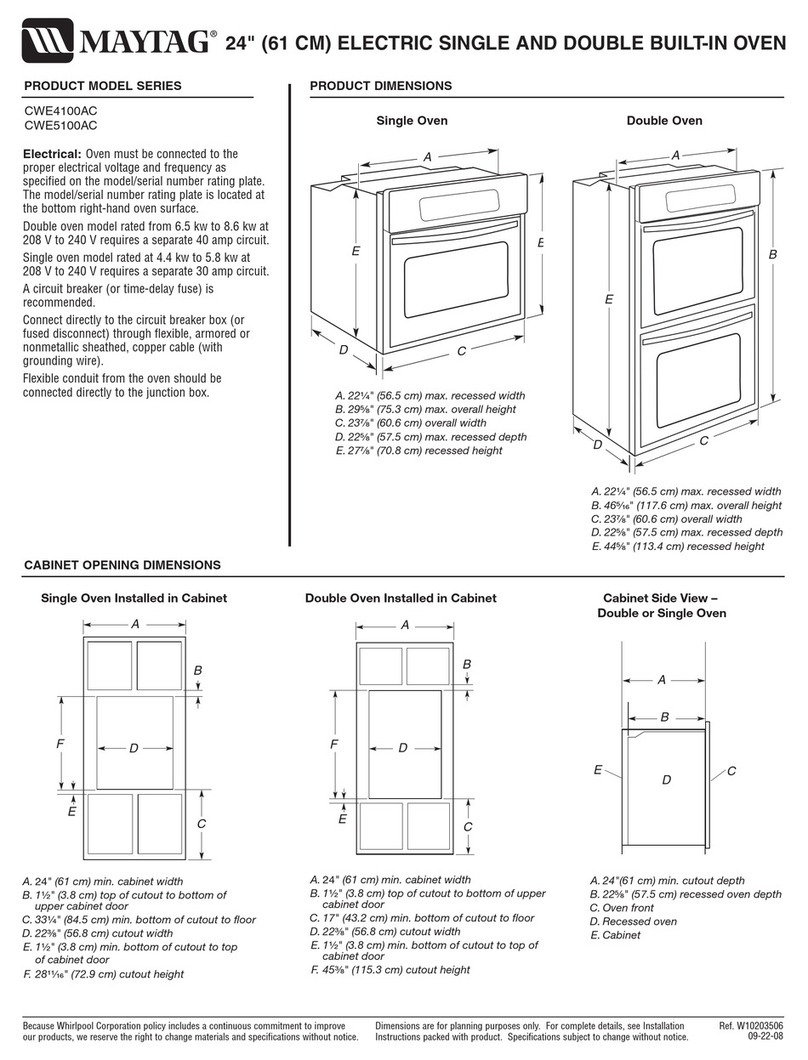
Maytag
Maytag CWE4100AC - 24" Single Electric Wall Oven Dimension Guide
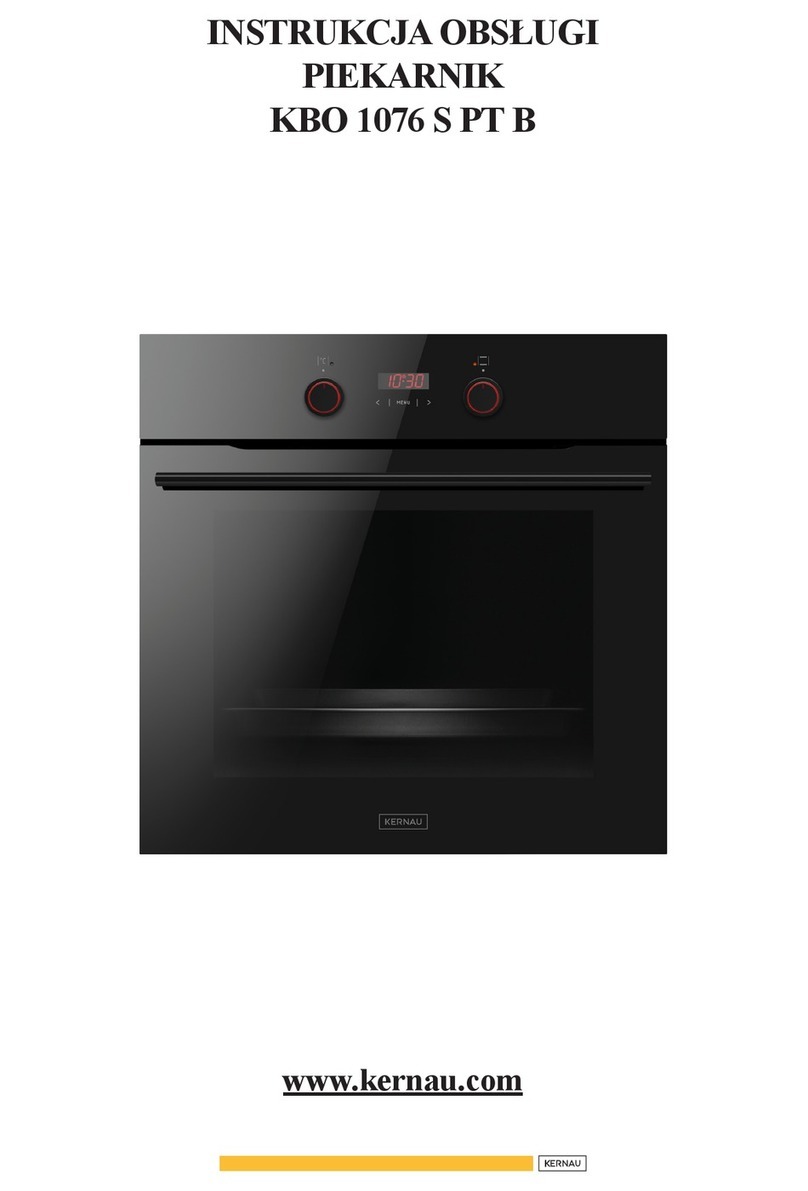
Kernau
Kernau KBO 1076 S PT B instruction manual

Bosch
Bosch HB 37 N Series User manual and installation instructions

Electrolux
Electrolux EOD5420AA user manual
